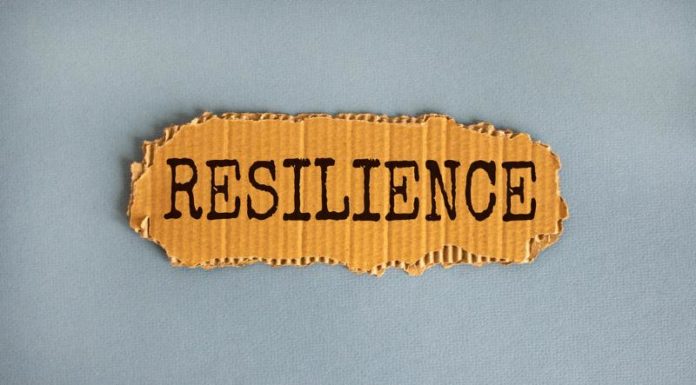Almost nothing is easy right now. These times demand resilience. To be resilient in today’s workplace is to persevere toward a goal, even if progress is hard to see. Over the past few months, I have heard from Vistage CEO members who did not let setbacks deter them, and kept moving forward in the face of enormous challenges. At a time when resilience is required more than ever before, leaders are taking these six steps to incorporate the trait into their company culture and their leadership:
- Develop a culture of ongoing learning, development, and mentoring. Having mentors on the team who believe that it is still possible to win, even if they’re behind, inspires the team to continue to move forward in the face of tremendous challenges. People with this quality keep others energized, pick up colleagues when they are down and fuel those around them. Resilient people inspire others to do the same.
- Be transparent as a leader. Resilience can be even more difficult to foster in the era of a virtual workforce. When leaders are transparent about what the company is facing, the team is able to face the challenge together and work through solutions. Inspiring leaders share stories about their company’s history and customers that showcase their values and operating principles, and demonstrate that there are no shortcuts or life rafts on the path to success. They also communicate how each team member is a valuable part of the company’s story, and how their work contributes to the company’s purpose.
- Encourage employees to find balance between their work and personal lives. The pace many employees work at today is unsustainable and will lead to burnout. Part of resilience is the ability to set boundaries when it comes to workload and timelines. The reason Vistage employees send an email at the end of the day to their managers is twofold: to allow employees to reflect on everything they accomplished that day and to sign off at the end of the day. It may seem counterintuitive, but when leaders encourage their teams to unplug during these difficult times, it recharges the team so they can stay focused on the goal.
- Refine the interview and hiring process. Successful leaders seek out resilient employees from the outset by asking interview questions that will shed light on whether the prospect is a problem-solver or plays the victim when things turn south. If a prospect plays the blame game or considers their losses strictly “bad luck,” they most likely don’t have the resilience the company needs.
- Create cross-functional teams. Cross-functional teams bring people together from different areas of the company and build trust among employees. These offer an opportunity to employees from all levels to practice leadership. People leave with hope, perspective and renewed energy to think about possibilities at all levels. Cross-functional teams also give company leadership unique insight into the challenges frontline employees are facing, and help employees understand that leaders are standing alongside their team.
- Challenge thinking with fresh perspectives. World-class leaders seek diverse perspectives on important decisions from trusted peers. They actively work to combat insular thinking and confirmation bias. They find other CEOs and business leaders who’ve tackled similar issues but in different industries. These peers understand the nuances and challenges of the role but bring fresh perspectives, unhampered by institutional knowledge. CEOs can share the real-time learnings that come from leading a company through a pandemic.
Fostering a resilient workforce is an invaluable investment. Resilience is something everyone has to have right now just to be productive. When a company builds resilience into its culture, it shows employees their leadership is committed and fearless. Effective leaders persevere toward goals, are transparent and allow employees to make room for personal growth, promoting a culture of resilience to face these unprecedented times.
Sam Reese is CEO of Vistage, the world’s largest CEO coaching and peer advisory organization for small and midsize businesses. Over his 35-year career as a business leader, Sam has led large and midsize organizations and has advised CEOs and key executives of companies all over the world. To learn how a peer advisory group can help you navigate challenges, make better decisions and achieve growth, visit vistage.com.
Resilience stock photo by Dmitry Demidovich/Shutterstock







